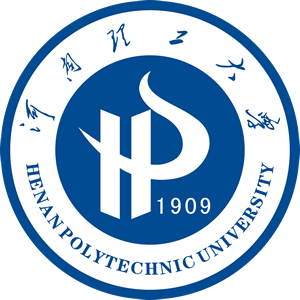
地址: 河南省焦作市高新区世纪路2001号[454000] Tel: 0391-3987069 E-mail: zkxb@hpu.edu.cn,skxb@hpu.edu.cn |

请您访问
|

社会科学版
|
| 供稿: 李娟 | 时间: 2018-12-05 | 次数: |
作者:李娟
作者单位:西安交通大学马克思主义学院
摘要:中国的历史和文化有着不同于西方历史和文化的独特性。秦汉时期在国家治理方面所展现出来的司法权与行政权关系模式及其历史特点是中国历史和文化独特性的一个缩影。在中央层面,以皇权为中心,司法权与行政权分立且相互制衡;在地方层面,以皇权和中央权力为中心,司法权和行政权合一且高度集中。这一历史时期的司法权与行政权之间的权力关系模式展现出了实践理性、私有特质、大一统社会状态和社会文化下权力关系模式的"同心圆"规律。这一权力关系模式及其特点不仅是中国古代国家政治权力关系模式的缩影,对秦汉以后历代王朝的政治权力关系模式产生了深远影响,而且对优化新时代中国特色社会主义司法权与行政权权力结构也产生了一定的历史启示。
基金:中央高校基本科研业务费专项科研项目(SK2017040);
DOI:10.16698/j.hpu(social.sciences).1673-9779.2018.02.001
分类号:D691;D929;K232
Abstract:China has its own history and culture, which are very different from western countries. The relationship between judicial power and administrative power presented in national governance in Qin and Han Dynasties is a miniature of the unique Chinese history and culture. At the central level, the judicial power and administrative power are separated and balanced, centered on the imperial power. At the local level, the judicial power and administrative power are unified and highly centralized. The relationship between judicial power and administrative power presented in this period demonstrates three kinds of characteristics: practicableness, arbitrary and regularity of concentric circle generated from the power relation in a “great unity”society. Being a miniature of ancient political power in China, this power relation not only has a profound impact on the political power after the Qin and Han Dynasties, but also has some historical implication to optimizing the judicial power and administrative power of socialism with Chinese characteristics in the new era.